At Nos Kunuku we decided not to go for the traditional mound, where you have a raised bed, but a more inconspicuous design that allows us to work in and around the area more smoothly. Here, we dig trenches and pour in organic material consisting mostly of old tree trunks, branches, leaves and other garden waste, wet it and cover it with dirt. You aren’t limited to only garden waste, you can also add cardboard, newspaper and compost to increase your bio mass. This will help a lot to increase the nitrogen in the soil, which is an important nutrient for your crops
In our beds, we used old wood trunks received from locals that have chopped down their dead trees, and companies that remove dead trees from the roadside. Old and rotting trees are the best, as they are already far along in the decomposing stages and will be giving off nutrients, rather than initially absorbing them from your soil.
For the first year or so, keep watering the bed to promote decay and ensure absorption as well as mulching from the top layer to add more nutrients to your bed. As time passes, the waste turns into a sort of sponge that absorbs water and holds nutrients that will feed your plants. It also ensures that when you water your plants, less water runs off and away from your plant roots, saving you precious water and money.
The first planting can start almost immediately after creating your hugel bed. Afterwards, when you finish harvest and want to plant again, make sure you loosen the top layer of dirt, spread some much or compost and mix it well so your seeds have access to nutrients from the start. We bought a machine because we have a larger area, but an old fashioned hard rake works just as well and is an excellent exercise to start the day.
It is suggested that watering is no longer necessary after the first year. But for Curacao being as hot and dry as it can be during June – September, we recommend watering nevertheless during these dry months to keep your bed from depleting itself. In the rainy season, it will sustain itself perfectly
So far, we have tested and grown almost all the crops available in our shop in the Hugelkultur. This consists of arugula, spinach, different types of kale and herbs like garlic chives. And they grow well and are very tasty!
And don’t just stick to small bushes and crops. As your bed matures, it can even hold larger trees.
If you want to know more, just contact Nos Kunuku via Facebook or Instagram for more reading material, check out these websites:
About the original Hugelkultur

